Cardinal Mindszenty, during his asylum in the US embassy in Budapest, sent letters to several US presidents. A new book by Fr. Somorjai, a monk-scholar, collects these texts.
What more can we discover about the key figure of the Hungarian Church during the second half of the 20th century? The heroic character of the Hungarian Cardinal Joseph Mindszenty (1892-1975), who suffered for his faith and for his Church, who resisted the Communists despite being tortured and sentenced by them to life in prison, is widely known in the Catholic world. The cause of his beatification has been a focus of attention in the Hungarian Catholic Church since the change of regime in 1989.
Fr. Ádám Somorjai, a Hungarian Benedictine from the Abbey of Pannonhalma, was the first relator ad causam for Mindszenty’s cause, a position he held for 7 years. As the relator, and as a historian by profession (he works at the secretariat of state in the Vatican), he has spent years researching the archives of the US on Cardinal Mindszenty, and he located a number of important documents, especially letters, which can give new insights into the life and sorrows of this extraordinary protagonist of the Communist era in Hungary. Fr. Somorjai has published his findings over the years, and his most recent book, on the cardinal’s letters to American presidents, was presented recently at the Hungarian Academy in Rome. We asked him about his latest research.
What were the most important turning points in Cardinal Mindszenty’s life?
Fr. Ádám Somorjai: When Cardinal Mindszenty was born 1892, his family name was Pehm. He changed it in 1942, at the age of 50, to Mindszenty, after his native village. The family name “Pehm” is a variant of the German expression for Czech, “Böhme,” and in reality his native village’s name is “Csehimindszent,” which means, where there were colonizers from Czech lands, in other words, from “Böhmen.” This particular is important, because the thesis is often presented in the literature that Mindszenty was of German origin. He changed his family name to show that he felt himself to be Hungarian. We can say that the origins of this family name may be German, but several generations earlier. His family name “Mindszenty” means all hallows, “all the saints,” the man from the village of all the saints.
He was ordained a priest at the age of 27 and became the pastor of the second large town in his diocese, remaining there for 25 years. He was happy in this period and his organizational talent worked miracles in this town, not only in religious, but even in civil aspects, e.g., as publisher of the town’s daily newspaper. He was appointed bishop of Veszprém in 1944, and archbishop of Esztergom in 1945. These were difficult periods because of the hostilities of the Second World War on Hungarian soil and because of the Communist takeover after the war.
He was firm in his service to the freedom of his Hungarian people and of his Catholic Church. He was then created, by Pope Pius XII, a cardinal of the Roman Catholic Church.
The Communists detained him on the second day of Christmas in 1948 and tortured him in prison. In a show trial in February of 1949, he was condemned to life in prison. In this period, his name became famous throughout the world. The free Western world praised him and the Communist world calumniated him for about 40 years, until this system of falsity collapsed.
The Hungarian revolution and liberation war against Communist and Soviet oppression in October and November of 1956 brought about his freedom — but only for about a week. On November 4, 1956, in the morning, he escaped to the Legation nearest to the Parliament building in Budapest, i.e., to the American Legation. Here he took refuge — not asylum, as he always stated — for about 15 years. He came to the West 40 years ago, in September of 1971.
After a short stay at the Vatican in Rome, he moved to Vienna, to the “Pazmaneum” Seminary, where he lived and from where he visited the Hungarians in the diaspora of the whole Western World. Pope Paul VI, after several exchanges of letters, declared his episcopal see vacant on February 5, 1974. The cardinal published his memoirs in the autumn of 1974 and died at the age of 83 on May 6, 1975, in Vienna, after a surgical operation. He was buried in Mariazell in Austria. In 1991, according to his last will, his body was solemnly brought to the Cathedral of Esztergom. His beatification process began in the early 1990s.
The book is about the cardinal’s letters to the American presidents. What are the main thoughts he wishes to share with the American presidents?
Fr. Somorjai: As a “guest” of the American government, the cardinal wrote about 78 letters over 15 years to four presidents of the United States: Eisenhower, Kennedy, Johnson, and Nixon. He also wrote to the Secretaries of State Dulles, Herter and Rusk. This correspondence altogether numbers 117 letters, to which there were only two presidential answers — one, in February 1961, from the Catholic president, John F. Kennedy, and 10 years later, in July 1971, from President Nixon, about his departure from the American embassy.
Mindszenty’s position as cardinal primate of Hungary was enshrined in the Constitution of Hungary as a position of great dignity, and he did not recognize the change of the Constitution when Hungary was transformed first into a republic, then later into the People’s Republic. His standpoint was firm: in the absence of an apostolic king and of a governor, the third constitutional factor, the archbishop of Esztergom, as prince primate of Hungary, the first ecclesial dignity, had to take over the business of the state, to appoint a new, legal government — because he didn’t accept the traitor “regime” of the returning Communists who crushed the Revolution. In his letters, János Kádár, who was for about 33 years the emblematical Communist leader of Hungary, was often named “Ephialtes” (the Greek traitor at Sparta who showed the Persians the alternative way to Thermopylae) and “Herod,” because of the large numbers of abortions in Hungary after abortion was legalized in 1956.
What picture emerges from the correspondence?
Fr. Somorjai: American diplomats in Budapest and in the state department, and even the staff at the White House, didn’t understand his thought. To them it seemed “medieval.” In fact, Hungary’s Constitution, as the cardinal often said, was about 1,000 years old. So, from the standpoint of an ancien regime, the cardinal wanted to instruct American diplomacy on how to present the Hungarian case at the United Nations, and on how to liberate Hungary and Central Europe from Bolshevism. The cardinal wrote many letters, but the answer was nearly always an oral one. In the papers of the American diplomats, it is clear that there was no will to agree to Mindszenty’s “political” theories, but always a great will to deal with his case, and have him leave the embassy. The cardinal became an obstacle for the new policy of detente, especially after 1963. Three governments, those of America, of Hungary and of the Vatican, came to recognize that only if they were united would the cardinal leave the US embassy of his own will.
After reading these letters, how do you interpret Mindszenty’s standpoint?
Fr. Somorjai: Cardinal Mindszenty was in this period staying in the American Legation (after 1966, the embassy) in Budapest. He saw himself as the same great defender of freedom as he had been for 20 years, a symbol of unity for his people, and not only for the Catholic faithful, but also for Protestants and anticommunists, in a great war against Bolshevism, as he himself put it. It was a question of honor for him to read papers and to write his Memoirs and his letters to the political leaders of the United States, as well as to the Popes and cardinal secretaries of state in the Vatican (this last correspondence has about 210 pieces, of which one third is the answers from the Vatican). All these letters are to be found in American archives.
One has the impression that the first place in his heart was dedicated to his fatherland and only in the second place to the Catholic Church. In other words, his standpoint was a kind of Constantinianism, because for him fatherland and Church were two realities in a profound union. It is not the theme of this book, but in the correspondence with the Vatican one sees that he was informed on several occasions, that in this concrete situation it would be better to concentrate on his ecclesiastical duties, but it was too late, because he was in a political institution, i.e., in an embassy.
What motivated you to undertake this research?
Fr. Somorjai: The first impulse came from the Congregation for the Causes of the Saints, since I was named relator ad causam for the first seven years of the cause. None of the ecclesial biographers was aware of these letters and documentation in archives in various parts of the world.
I have been criticized, because many desire Mindszenty’s rapid beatification, but the norm of the Congregation prescribes studying carefully all that was written by a candidate to the honors of the altars. I believe we will have a deeper insight into the spirituality and personality of the cardinal if we study this correspondence.
There is another reason why this material is important for me. The Constantinianism of the cardinal needs to be understood in the context of Hungary’s history.
Don’t forget that the last Emperor of Austria, Charles I, was beatified in 2004. He was the last Apostolic King of Hungary to appoint bishops. In European and world history, there is the case of the forged imperial decree, the so-called Donation of Constantine. Constantine the Great, before leaving Rome to live in his new capital in the eastern part of the Roman Empire (in 330 A.D.) is said to have donated the entire Western Empire to Pope Sylvester, who had converted him to Christianity.
This story was still told in the Middle Ages, and even in 1494 the division between Portugal and Spain of the newly discovered lands outside of Europe was sought from the Pope and granted by him.
But the text of the Donation was a falsification, as has been proved by humanistic literature scholars.
Now, in Hungary’s history there is a similar story: the donation of the Holy Crown by the new Sylvester, Pope Sylvester II. Since a papal bull attesting to this donation was lacking, a new one was drawn up 600 years after the fact and antedated to March 2, 1000.
This myth became part of Hungary’s self-understanding.
The Sacred Crown, the only crown to crown a legitimate King, after World War II was transferred to the United States, though it has since returned and is now on display in the Parliament building in Budapest.
Cardinal Mindszenty based his conviction of his “constitutional role” on this papal donation to the Holy King, Saint Stephen, which he believed to be authentic. A more profound study of his conviction could grant new insight into his decisions.
History is living, and we have to discern what is to be conserved and what is to be consigned to a museum.


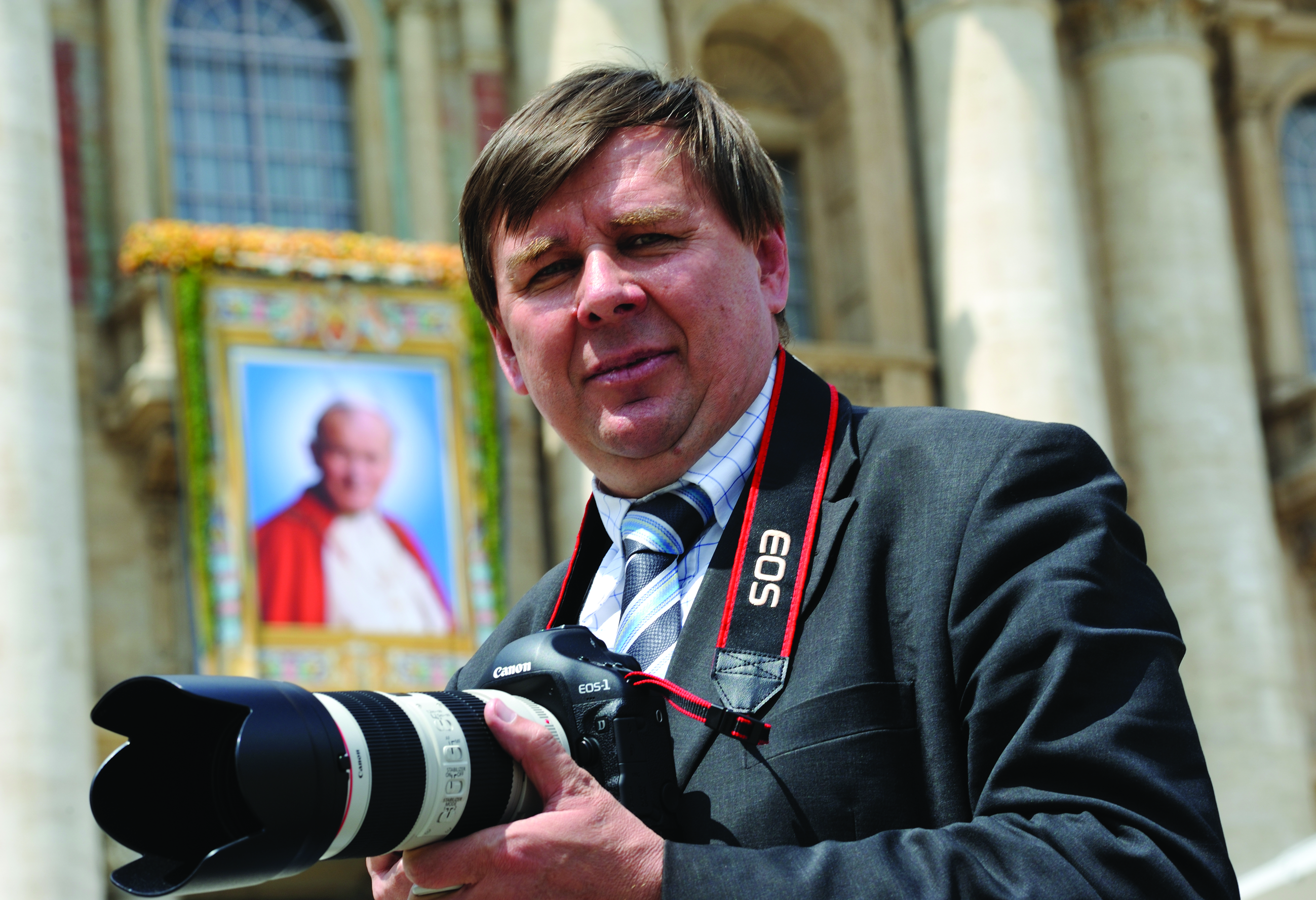
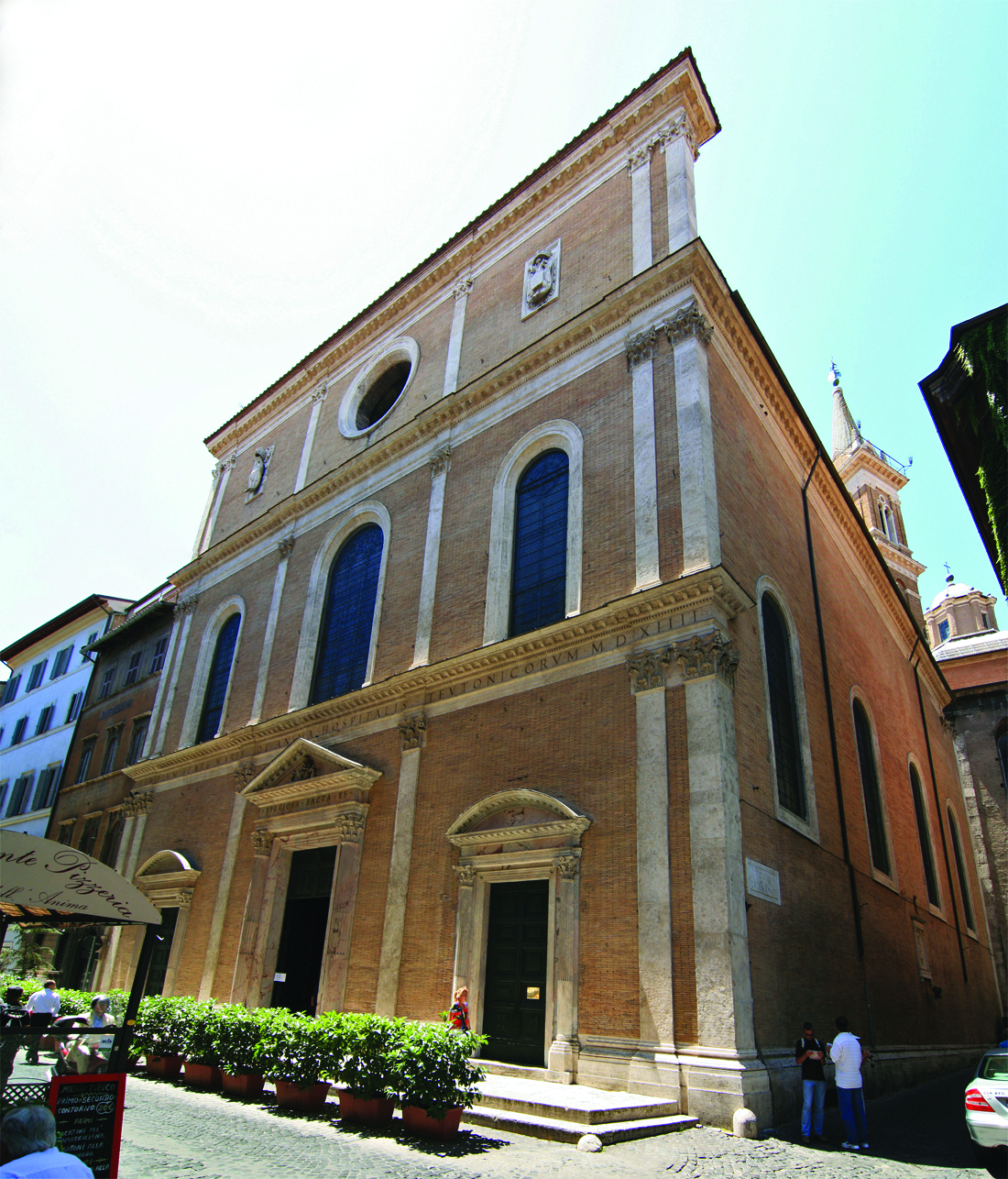
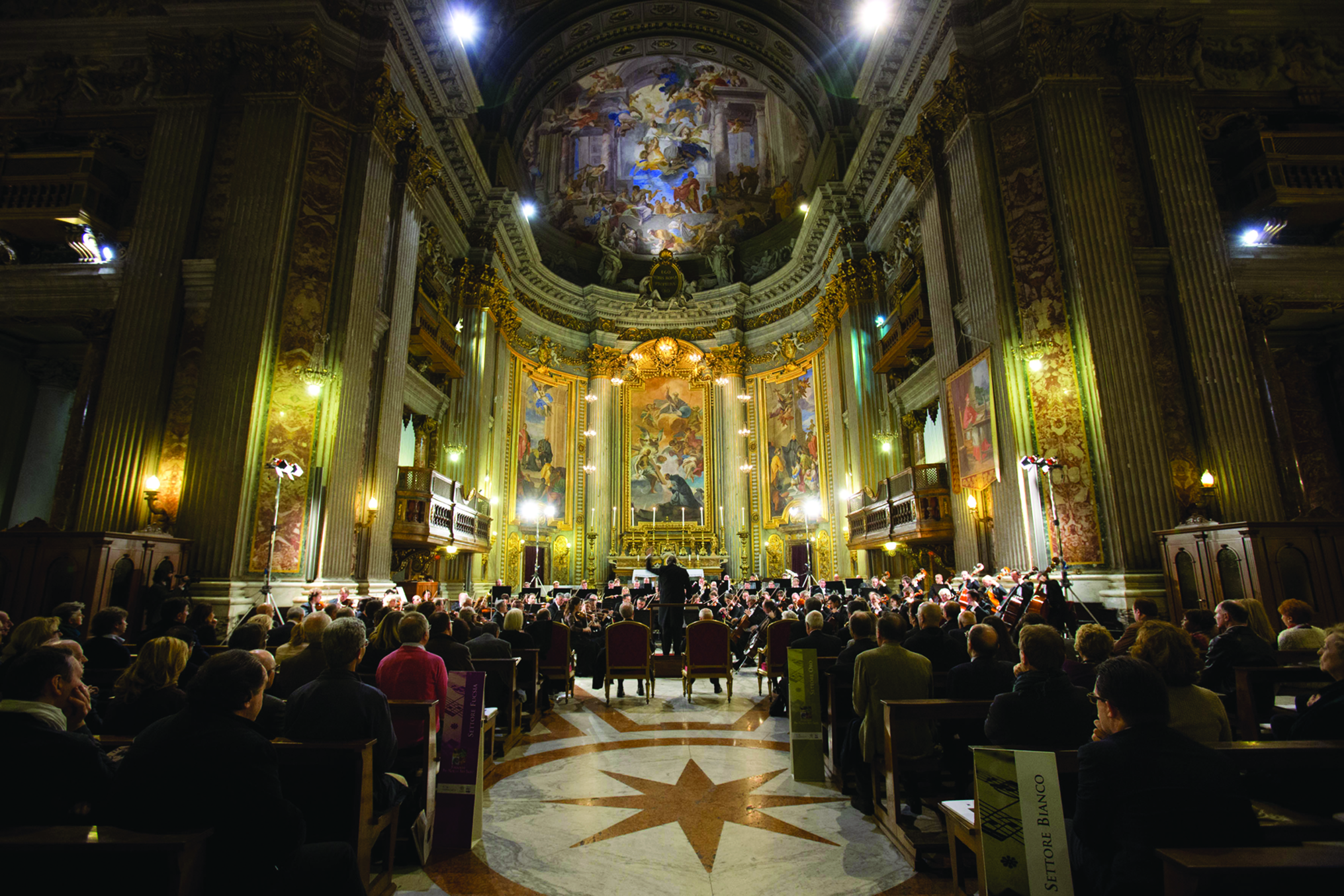
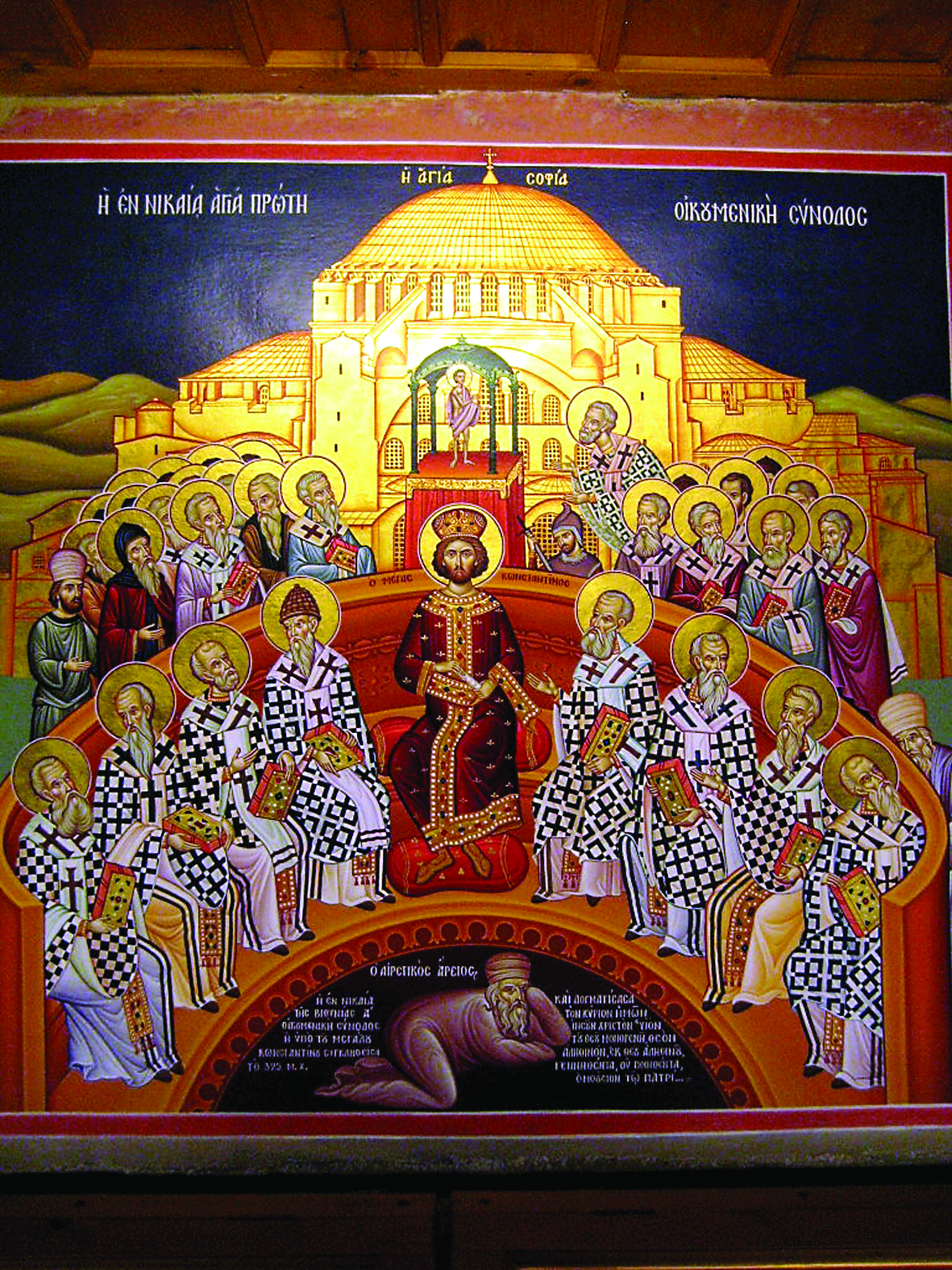
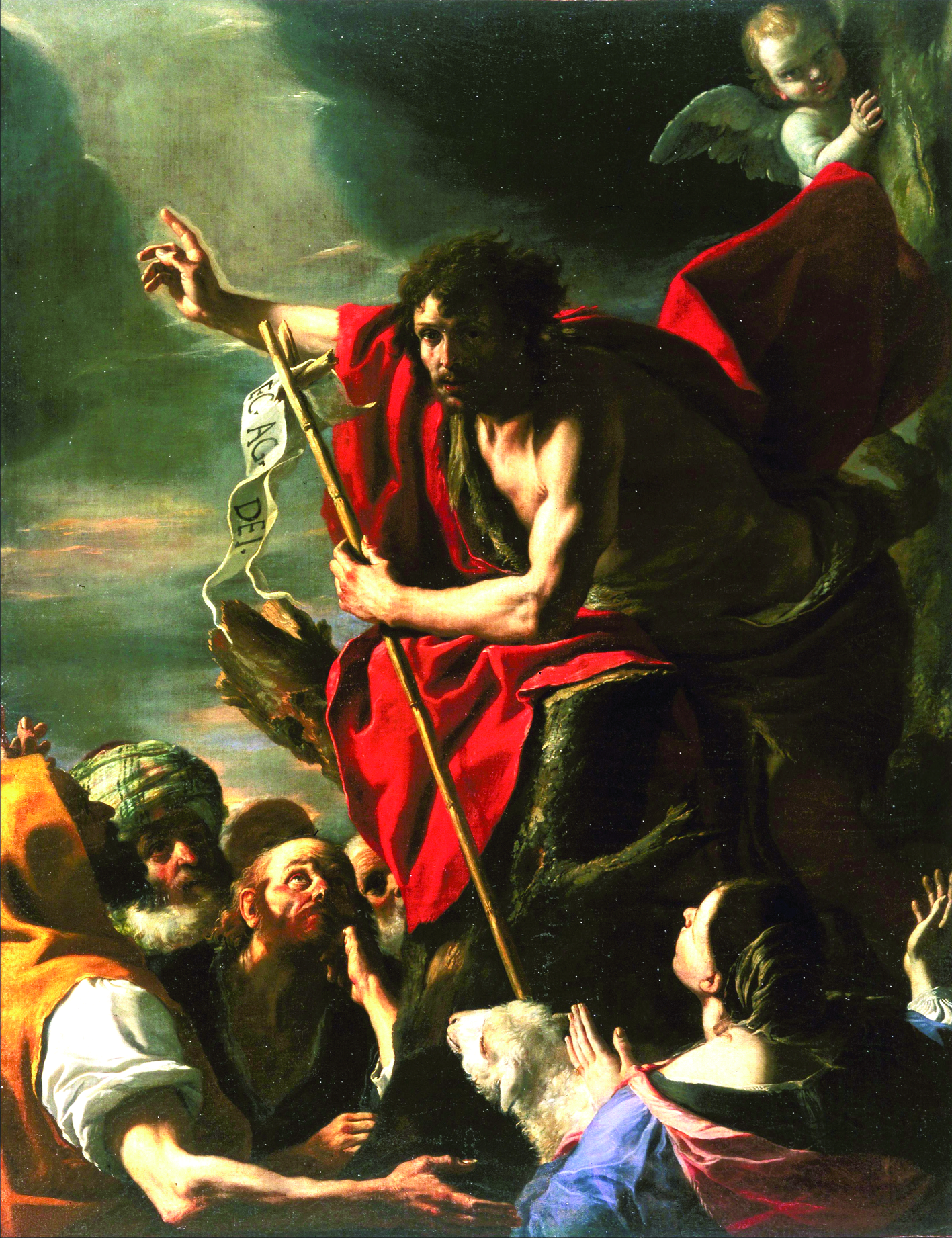
Facebook Comments